Introducing the Enneagram as a personality type model
Do you want to get to know yourself better? The Enneagram system is a widely accepted personality model that offers deep insight into our core driving motivations, opening up exciting possibilities in the prediction and understanding of human behaviour.
The Integrative Enneagram unlocks and supports your journey of self-discovery and uncovers the patterns of behaviour that subconsciously drive and motivate us to behave in certain ways. When we make these motivations conscious, we are able to transcend them and develop richer, more supportive ways of being. Working with this model empowers individuals to take the first step of responsibility for their own behaviours and growth, through a greater understanding of why they act and react the way they do.
The Enneagram is an archetypal framework consisting of nine Types that offer in-depth insight to individuals, groups, and collectives. Consisting of 3 Centers of Intelligence, 9 Enneagram Types, Wings, 27 Subtypes, and more, this model offers a rich map to personal development. It does not box people in but rather opens a pathway to self-discovery and greater personal awareness.
As a framework, it speaks to the journey of integration in a profound way. It is able to uncover the uniqueness of each individual and his or her journey. It does not only reveal what holds an individual back, you can also gain valuable insights into your journey towards strength and liberation, connecting us to our strengths and higher selves.
The Enneagram test is, therefore, a sense-making tool or a framework that enables the development of self-knowledge and meta-awareness.
The most effective, accurate, and comprehensive Enneagram personality test for our users, is the iEQ9 developed by Integrative Enneagram Solutions.
The Enneagram is an archetypal framework consisting of nine Types that offer in-depth insight to individuals, groups, and collectives. Consisting of 3 Centers of Intelligence, 9 Enneagram Types, Wings, 27 Subtypes, and more, this model offers a rich map to personal development. It does not box people in but rather opens a pathway to self-discovery and greater personal awareness.
As a framework, it speaks to the journey of integration in a profound way. It is able to uncover the uniqueness of each individual and his or her journey. It does not only reveal what holds an individual back, you can also gain valuable insights into your journey towards strength and liberation, connecting us to our strengths and higher selves.
The Enneagram test is, therefore, a sense-making tool or a framework that enables the development of self-knowledge and meta-awareness.
The most effective, accurate, and comprehensive Enneagram personality test for our users, is the iEQ9 developed by Integrative Enneagram Solutions.
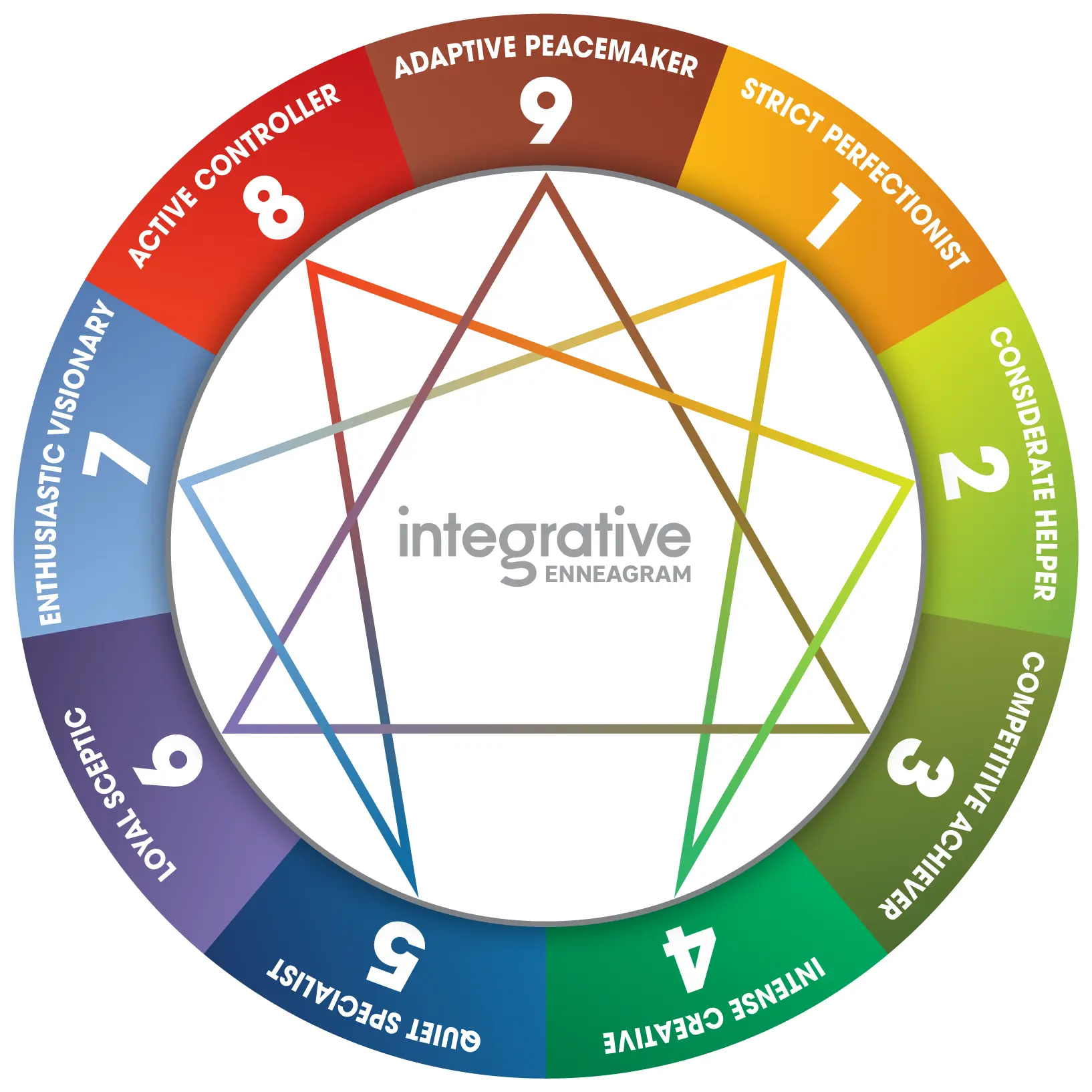
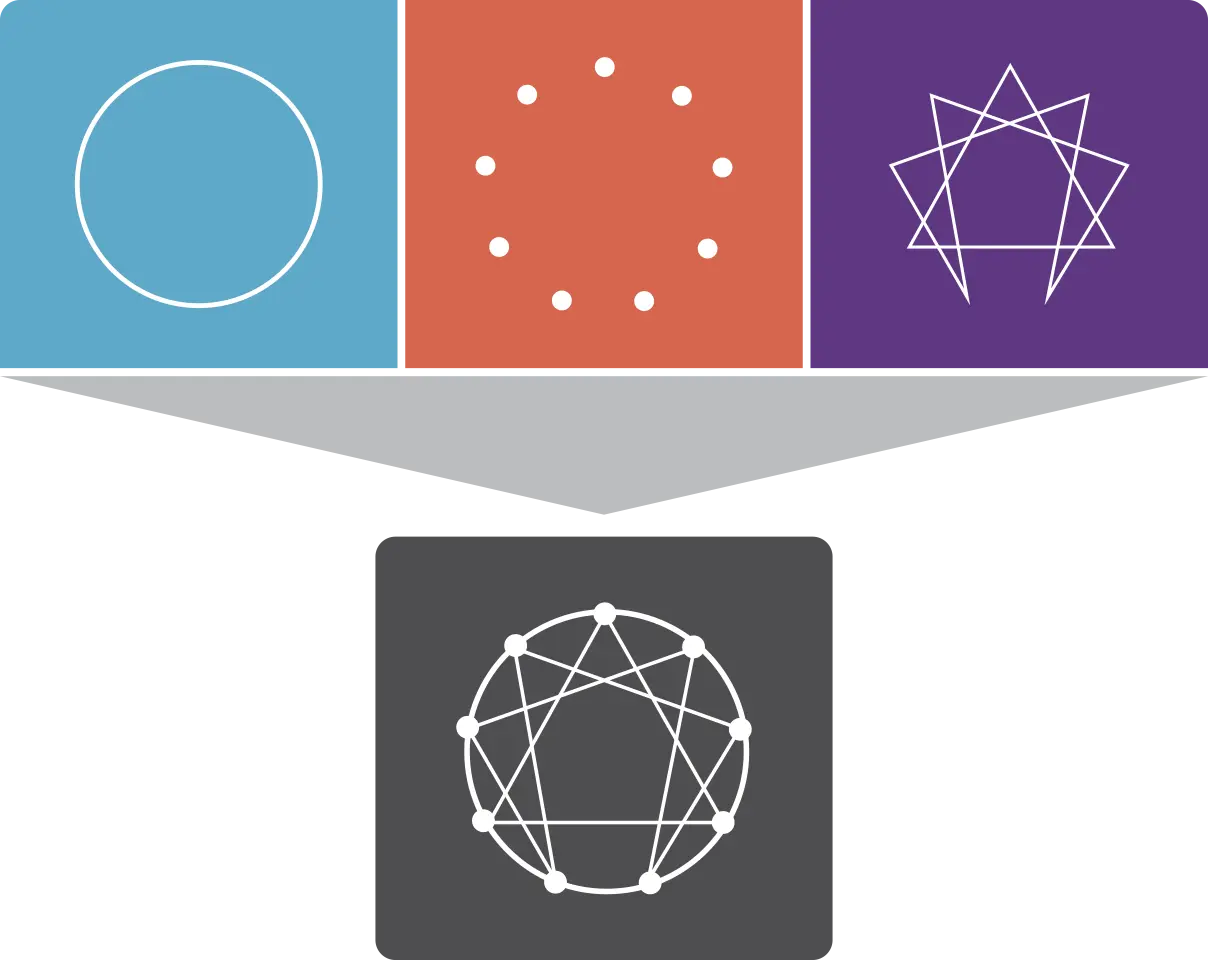
Definition and meaning of the Enneagram
The Enneagram is a model of human psychology and personality theory, that is based on the idea that each person has a unique and innate personality structure, or "essence," that shapes the way they see the world and themselves.The word "Enneagram" comes from the Greek words "ennea" meaning "nine" and "grammos" meaning "something written" or "a figure". The Enneagram symbol is composed of a circle with nine equidistant points, each representing one of the nine personality types. Its origin has an ancient history.
These Types are characterized by a unique combination of strengths, weaknesses, unconscious motivations, fears, and triggers that shape their thoughts, feelings, and actions. The Enneagram is not only a tool for understanding ourselves and others, but is also a powerful tool for growth, self-awareness, self-discovery, and spiritual growth. It can help individuals understand their own motivations and behaviours, as well as the motivations and behaviours of others, which can lead to more harmonious relationships, better communication, and more effective problem-solving.
What can the Enneagram do for me?
The Enneagram can be used to help us better understand our own personalities and the personalities of others, as well as to develop more self-insight and self-acceptance.What are the Nine Enneagram Types?
Here are short definitions of the 9 personality Types. Follow the links to read more on each Type. But for the greatest benefit, use the official Enneagram personality test ,which has been scientifically validated. Do you want to discover your Enneagram personality? Take the iEQ9 Enneagram test and get a 20-page standard report or a 44-page full professional report that provide valuable support on your path to knowing who you really are and how to truly become a new you.
The Active Controller
The Considerate Helper
The Quiet Specialists
The Adaptive Peacemaker
The Competitive Achiever
The Loyal Sceptic
The Strict Perfectionist
The Intense Creative
The Enthusiastic Visionary

What are the 27 Subtypes and Instincts, and why do they matter?
We all have three basic instinctual drives that are essential to the human experience – all three reside in us as necessary, body-based, primal forces. They are separate from personality and are behind our life strategies, which, though often unconscious, powerfully direct our fundamental way of being.While all three these Instincts are always there, one of the three becomes dominant and is more easily accessed and, therefore, more easily used than the others. When the dominant Instinct merges with the Core Type and basic fear, a new character structure is formed. These are the 27 Subtypes according to Claudio Naranjo's model.
The IEQ9 Enneagram Test is designed to clearly identify your dominant Instinct and accurately reveal your Subtype.
What are the Centers?
Gurdjieff, in his Fourth Way teachings, explained that we function with three ‘brains’ that influence the way we think, feel, and behave. These are Thinking (head-centred), Feeling (heart-centred) and Action (body- or hands-centred). Normally, one of these Centers is dominant, and we have to consciously develop the use of the other two. For example, someone might say that they think their feelings, or act before thinking, or that their feelings often prevent them from thinkingThere is a powerful connection between the Enneagram system and the Centers, so much so that the Nine Types can be grouped into three triads, each of which has its own set of issues that underly our behaviour. For example, the head-centred Enneagram Types (E5, E6 and E7) have issues with fear and cynicism; heart-centred Enneagram Types (E2, E3 and E4) have issues with image, sadness and shame; and the body-centred Enneagram Types (E8, E9 and E1) have issues with control and anger.
The iEQ9 test has a built-in assessment for the Centers and gives practical coaching tips to bring them into balance.
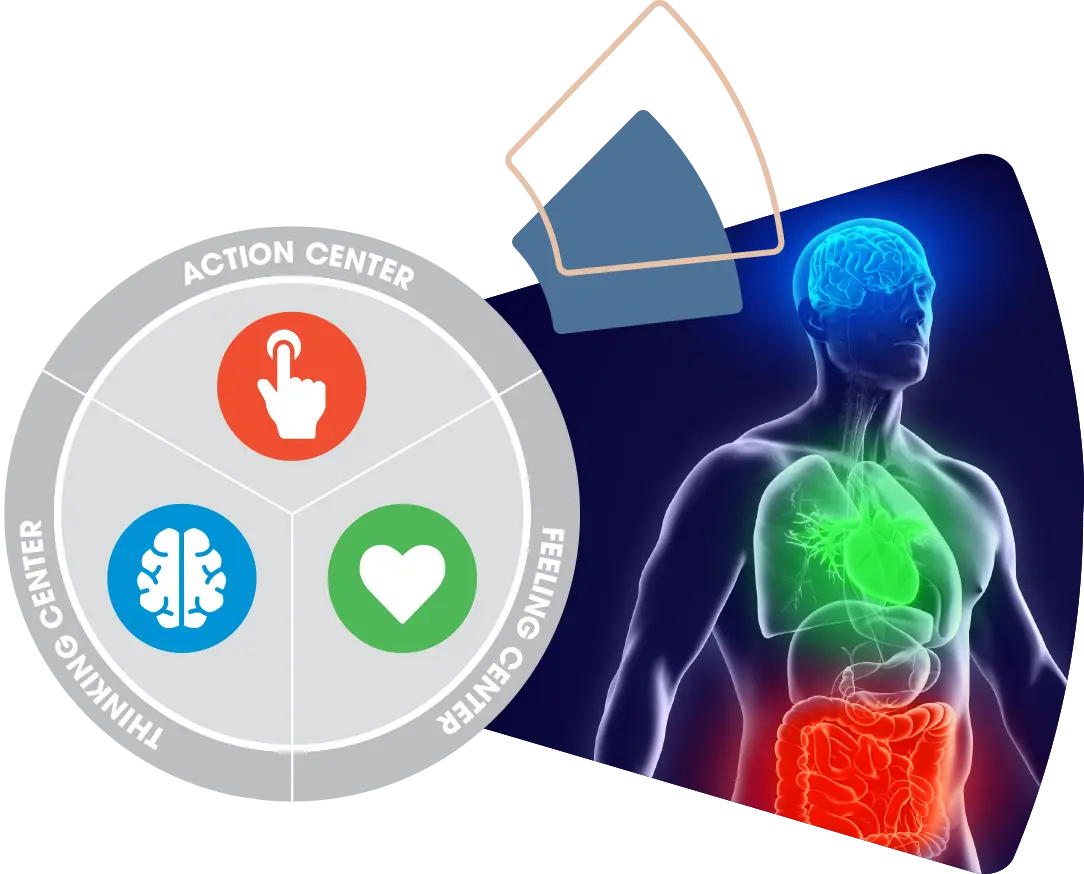
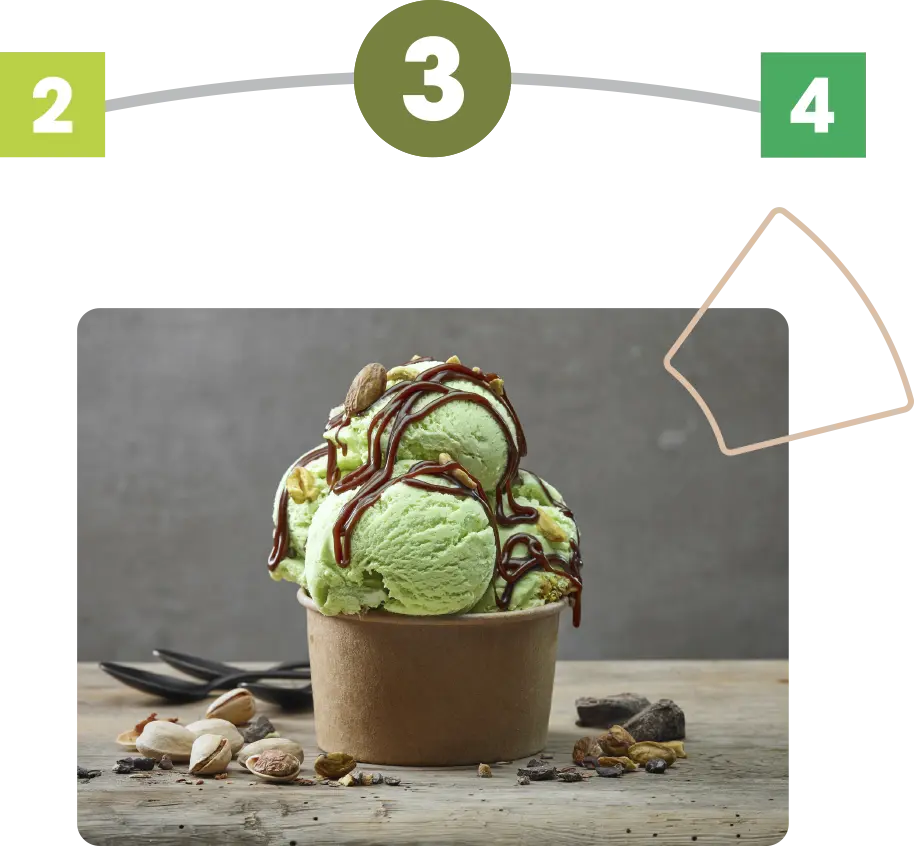
What are the Wings?
The Wings refer to the two Enneagram types adjacent to your Core Type on the circle. These ‘close neighbours’ influence you but do not change your Type. If the Core Type is like ice-cream in a bowl, the Wings are the kind of sauce you add to it. It is not a second type of ice-cream, just the flavours of the adjacent Types. We all have access to both of our Wings, and each has a different set of resources and characteristics that we find helpful at times. Sometimes, one of these Wings is more familiar, or dominant. Some people don't like to add much ‘sauce’ at all (true Type or light Wings), others add a lot (strong Wing/s), and some add both (balanced double Wings).The Wings enable us to understand the Types not only in isolation, but in relationship to one another. Since the Enneagram Types are seen as a spectrum or continuum, connecting to your Wings can help you understand the subtleties of your resonating Type. By leaning into our Wings, to one side or the other, we expand our perspective and increase our emotional and behavioural repertoire. The Wings may also offer a way to understand the tension and influences we experience when we are stuck, and create the potential we can access to reframe a dilemma as a transformation opportunity. The iEQ9's accurate Enneagram Test shows how you can use your Wings effectively for growth.
What are the Lines on the Enneagram symbol?
The lines follow two sequences, 3-6-9 and 1-4-2-8-5-7-1. The Line symbolises movement, change dynamics and strong polarities. These lines indicate the influences and interactions between Types, patterns of energy movement or flow. While our Core Type remains constant as a 'home base', we are also capable of travelling, or even being pulled, along these connecting lines. Each Type or number is related to those on the other end of the line, as a polarity or paradox to be lived into.Moving along the lines offers a significant shift in perspective or point of view, which allows us to step out of our typical style and reactions and create new ways to respond to the world around us. The lines, therefore, offer rich potential for exploration and evolution as they offer balance and fresh resources to our Core Type. Ideally, we work to develop the ability to be fluent in the lines as a continuum, as a path of movement for our integrated self.
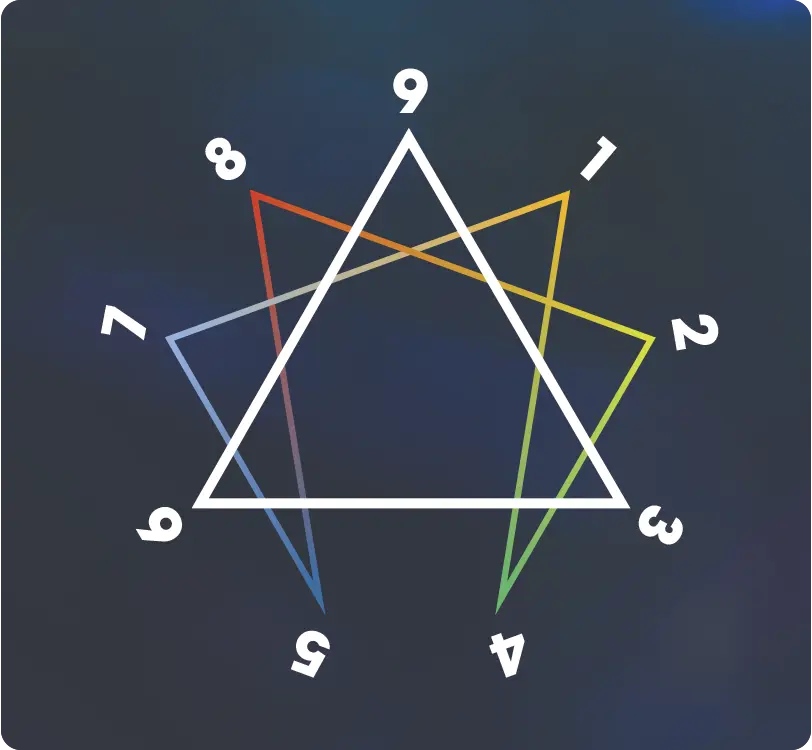

What are the Levels of Development?
The levels refer to the degree of self-mastery we have achieved so far in our integration journeys in life. This is a time-bound measure and changes as we grow and develop, or as our circumstances become more or less challenging. While integration is not fixed, and people may move between high and low integration behaviours depending on context, more people demonstrate a concentration of energy and behaviour at a particular Level of Integration over time.© 2025 Coaching. All rights reserved.
Bu Web Sayfası Mutluweb Tarafından Yazılmıştır. Telefon : 0 553 658 50 81
